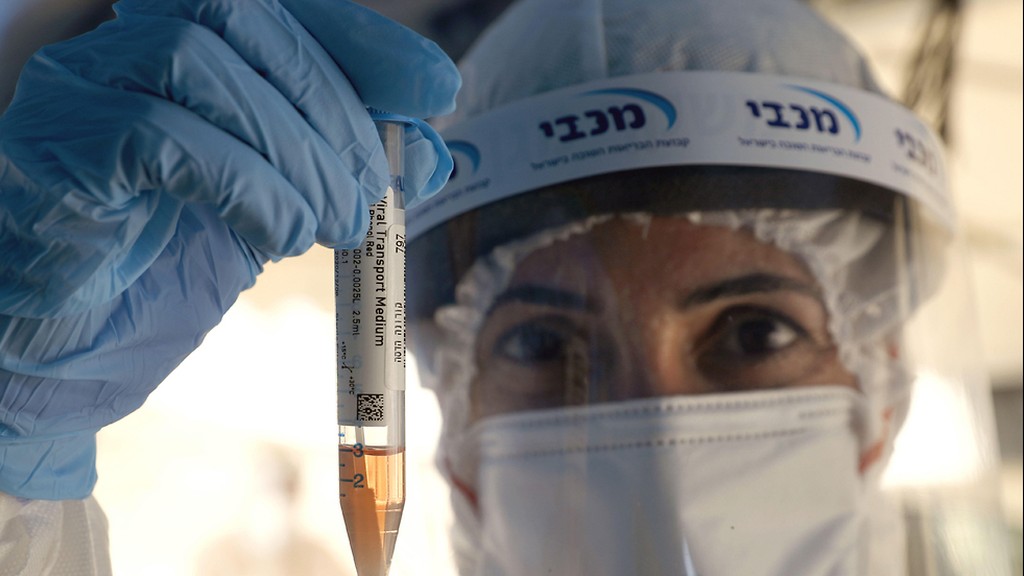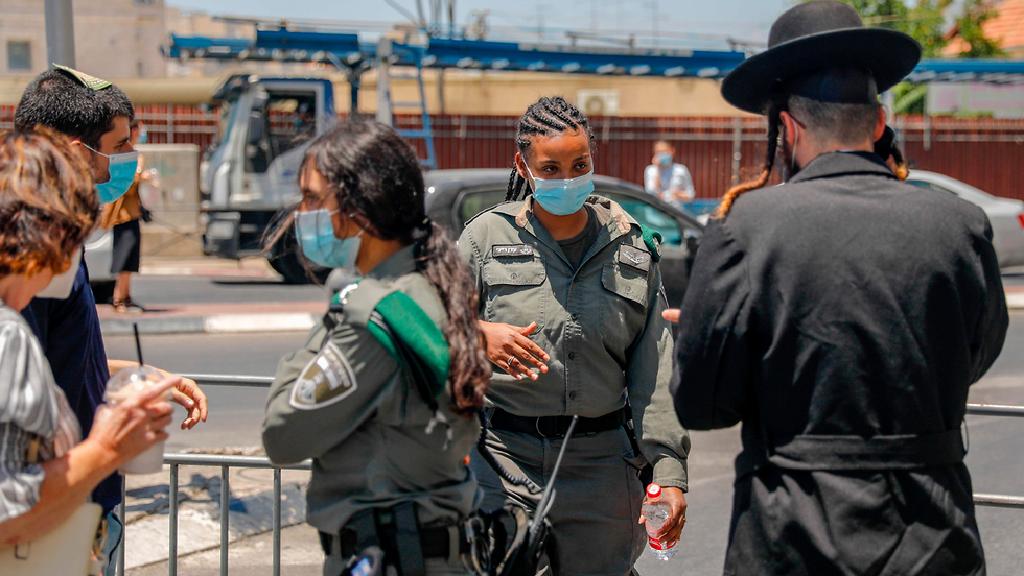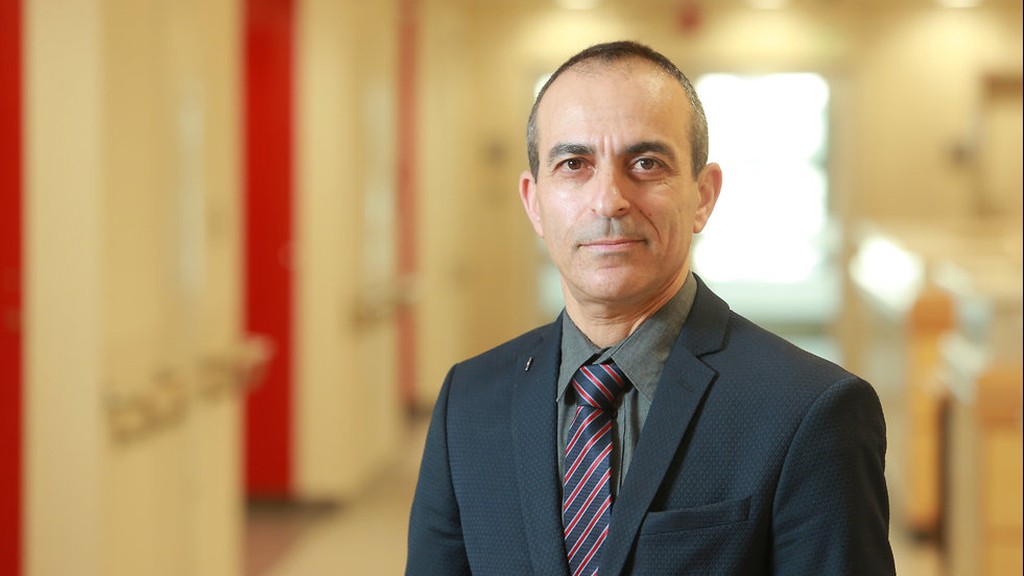The measures taken thus far against the coronavirus did little to lower the infection rate across the country, at most they served to stabilize it - according to the National Security Council – in a presentation prepared Monday hours before the ministerial committee dealing with the coronavirus was to meet.
In order to curb the rise in the number of daily infections, several options were raised by the coucil, such as a short general closure, to achieve a set target of less than 400 new infections per day by September 1 in order to allow schools to open.
In a presentation distributed to the ministers of the coronavirus Cabinet, the council also presented four alternatives to the government's current course of action:
1. Settling for the current restrictions, which includes prohibiting gatherings, wearing masks, social distancing, and avoiding physical contact – this may lead the situation in the country to spin out of control, with mortality rates climbing, and the country's health system collapsing.
2. Severe local restrictions in designated "red zones" -this possibility may lead to an increase in internal tensions in the country. It also requires resources in order to enforce effectively.
3. Imposing additional nation-wide measures that would have a low economic impact - this possibility may also lead to an increase in internal tension in the country, and would also require resources to enforce.
4. Widespread national restrictions such as a lockdown - in order to concentrate effort for a limited time, utilizing the second half of August, this will allow the people to celebrate the holidays, return to school, and finally – to open Israel to the world.
According to the council, the daily number of infected keeps climbing, and while the overall infection rate is stabilizing, the average rate of positive tests is still high and stands at 7.5%.
Meanwhile, the national project manager in the fight against the coronavirus, Prof. Ronni Gamzu, recommended general closure in localities with high infection rates and easing of restrictions for localities with low infection rates.
In addition, Prof, Gamzu also recommended fewer restrictions in open spaces such as parks, more severe restrictions in closed spaces such as restaurants and gyms, the cancellation of the partial closure on weekends.
According to the Health Ministry, the number of patients in serious condition is stable and currently stands at 334. With an average of 45 serious patients added per day.
The number of patients who require respiratory aid via ventilators is also stable, although the number of hospitalized patients is climbing.
In the past week, 68 coronavirus patients have died, and the total number of deaths stands at 541.
The most prominent centers of infections are localities and neighborhoods from the ultra-Orthodox and Arab sectors.
First published: 12:47, 08.03.20




